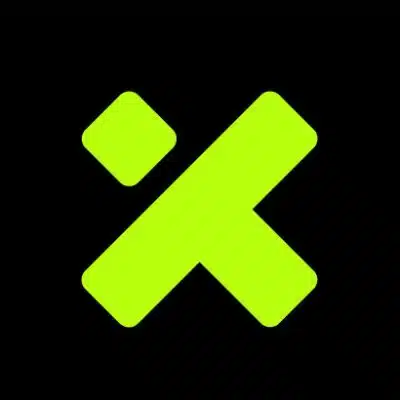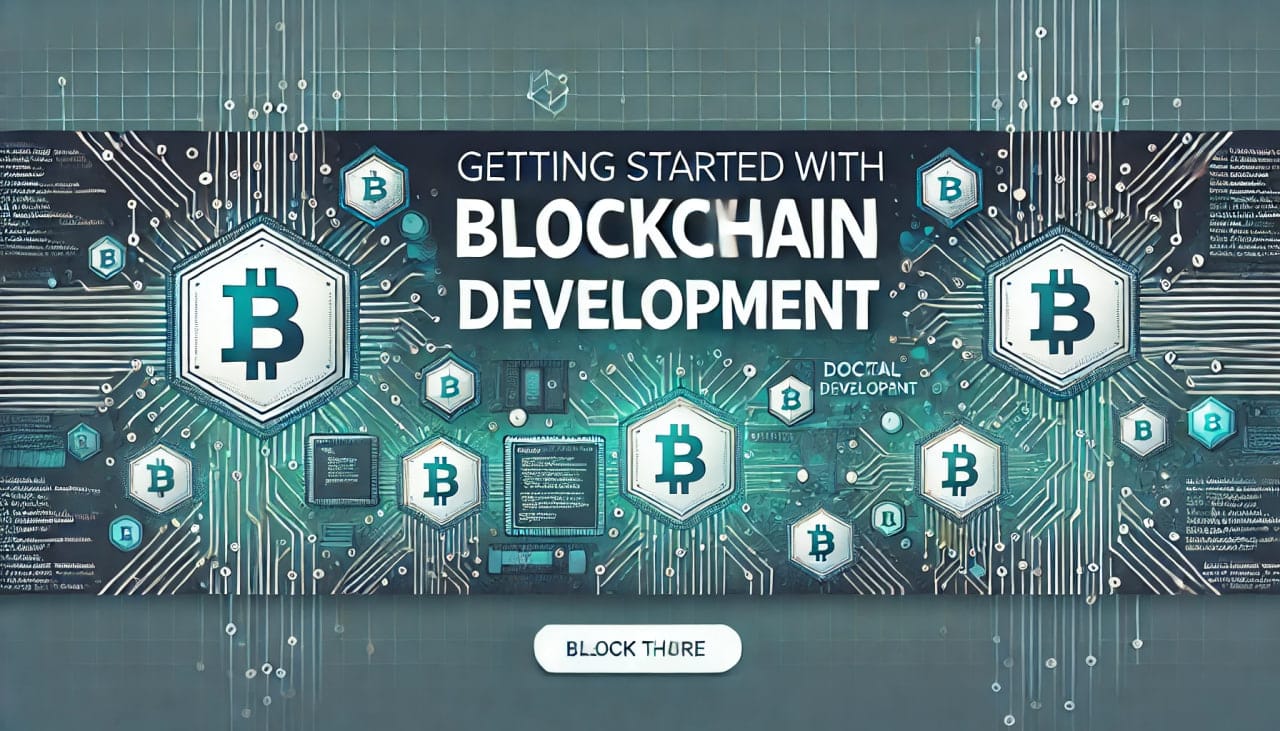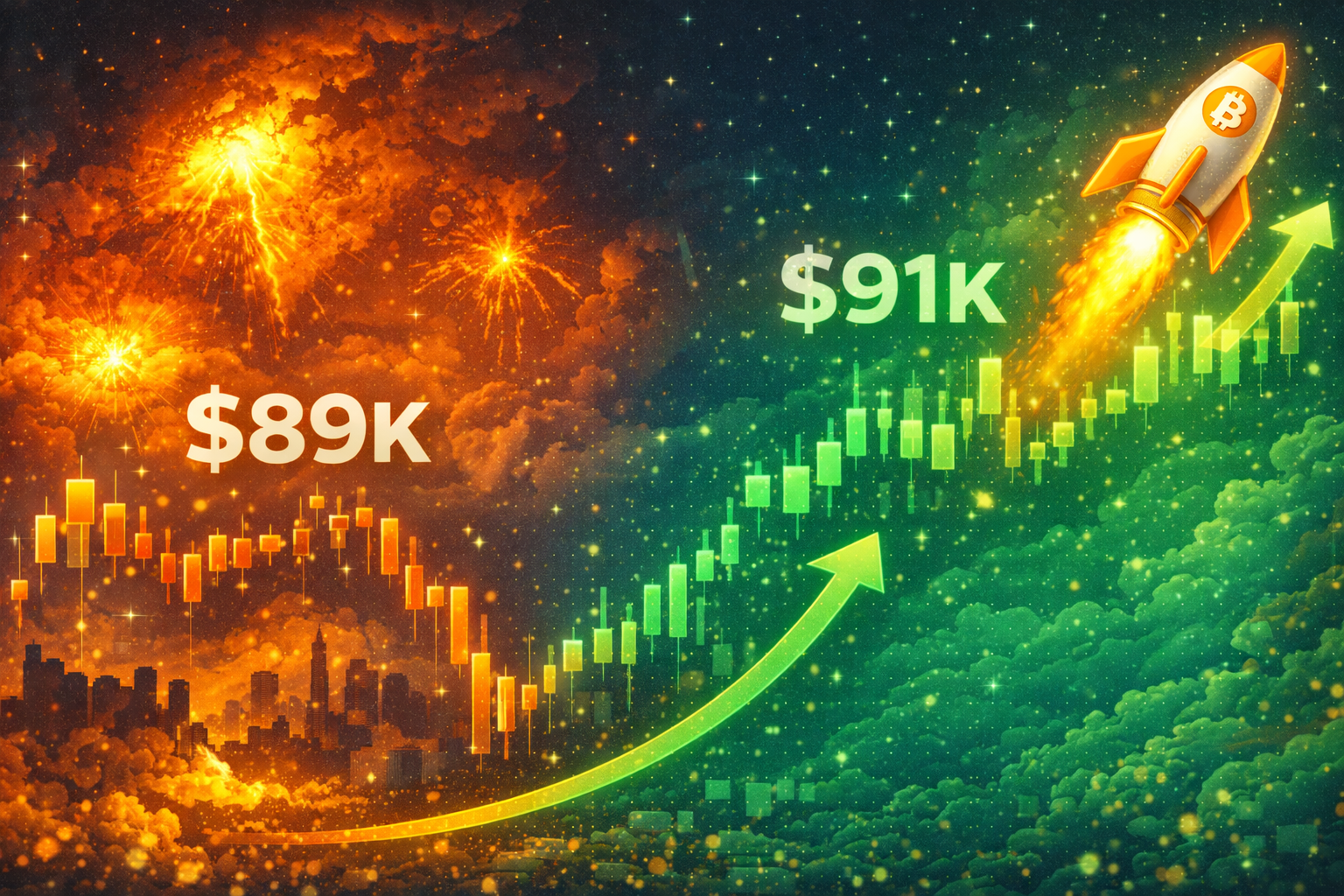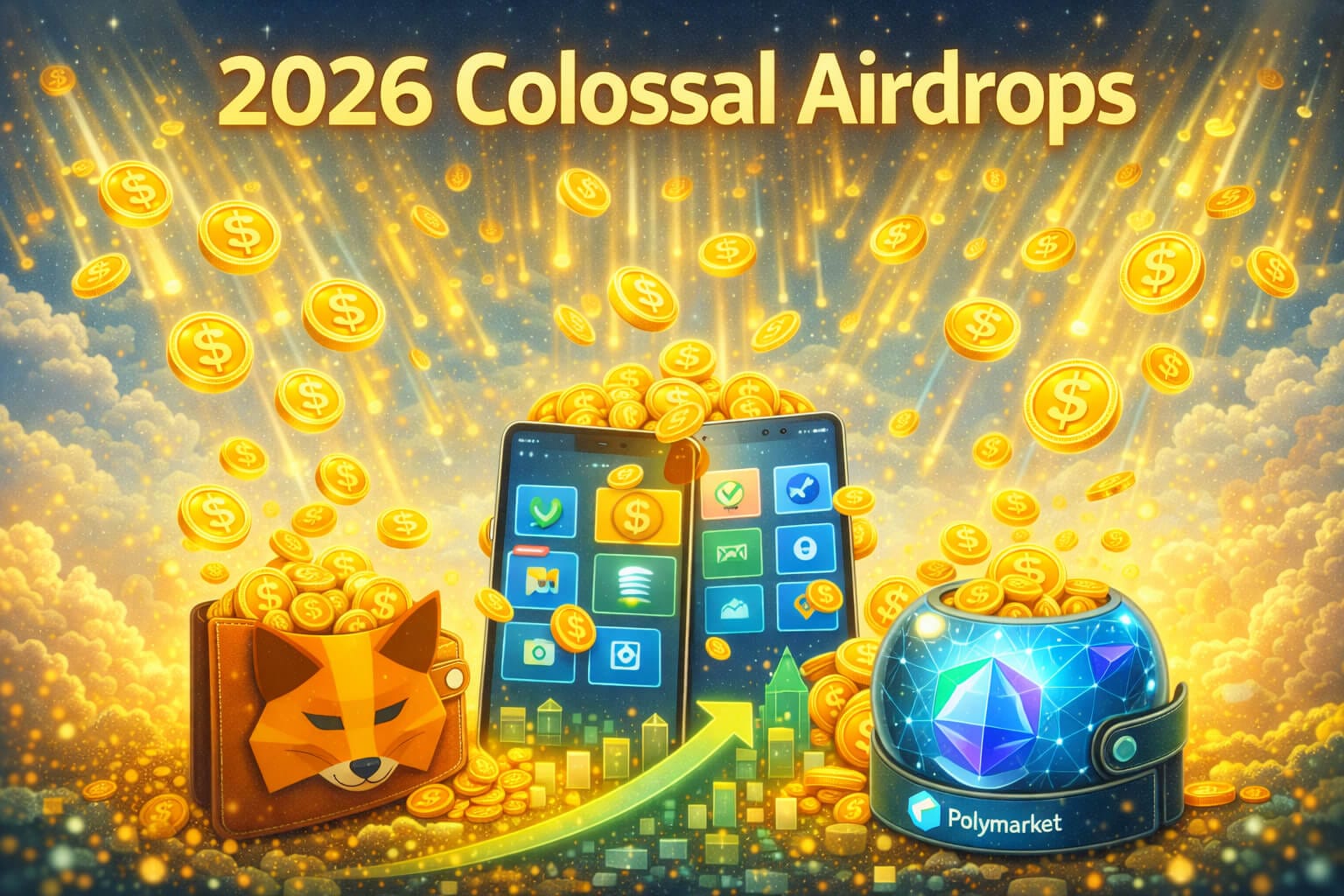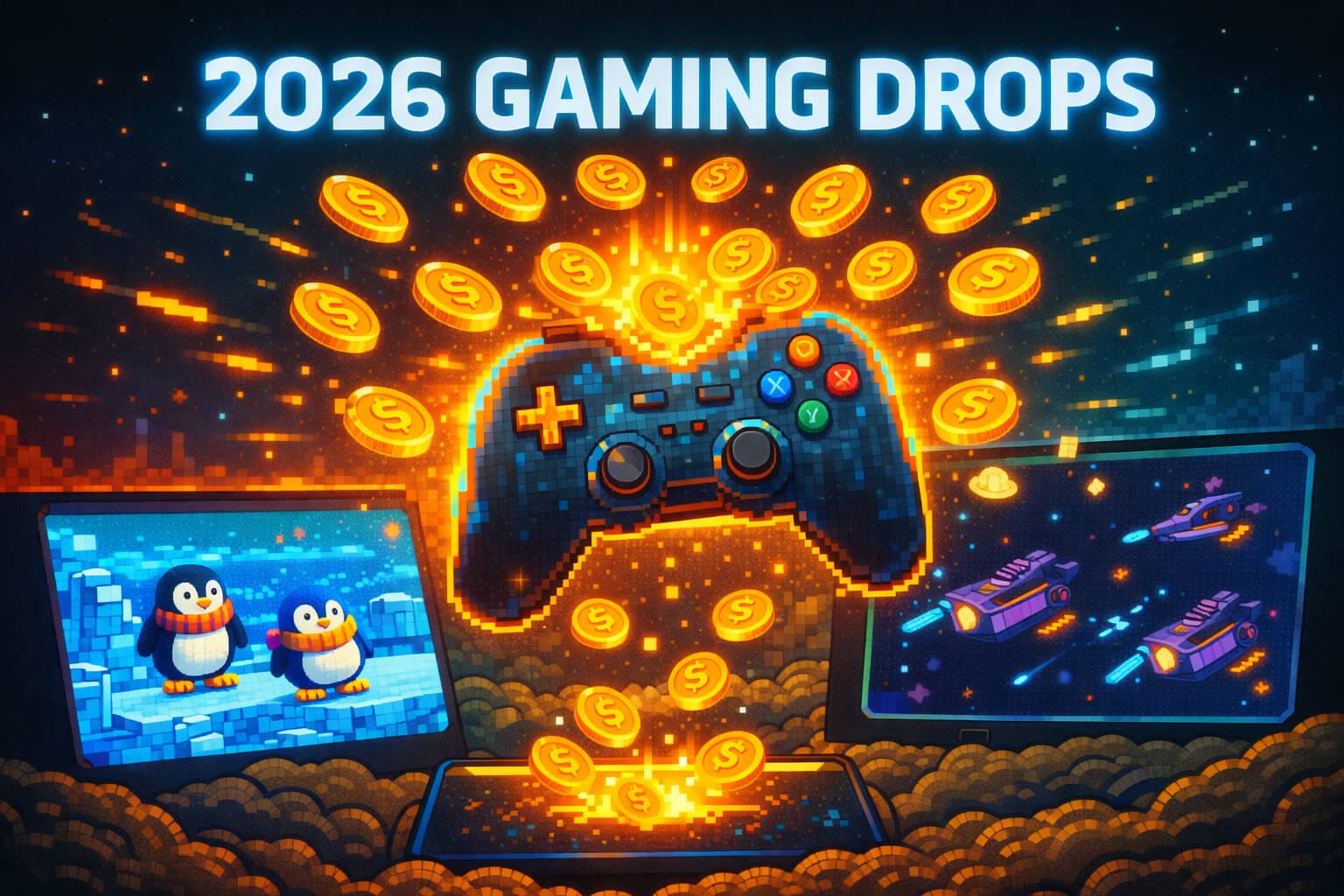Getting Started with Blockchain Development: A Beginner’s Guide
Blockchain technology is transforming industries by enabling secure, decentralized, and transparent transactions. As a result, the demand for blockchain developers is on the rise. If you’re new to this field, you might wonder where to start. In this guide, we’ll walk you through the basics of getting started with blockchain development, from understanding the foundational concepts to choosing the right tools and languages.
What Is Blockchain Development?
Before diving into the technical aspects, let’s clarify what blockchain development entails. Blockchain development involves creating applications (also known as decentralized applications or dApps) that operate on a blockchain network. Unlike traditional applications, blockchain-based apps run on decentralized networks where data is distributed across multiple nodes, ensuring transparency, security, and immutability.
Two main aspects of blockchain development include:
- Core Blockchain Development: This focuses on creating the underlying architecture of a blockchain network, such as designing protocols, consensus algorithms, and network security.
- Blockchain Application Development: This involves building decentralized applications (dApps) that interact with existing blockchain networks. Most developers start here before diving into core blockchain development.
Why Should You Learn Blockchain Development?
So, why should you consider learning blockchain development? Here are a few reasons:
- High Demand for Skills: Blockchain development skills are in high demand across various industries, from finance and healthcare to supply chain management and entertainment.
- Innovative Opportunities: Blockchain is still in its early stages, offering opportunities to innovate and build new applications.
- High Earning Potential: Blockchain developers are among the highest-paid programmers due to the specialized knowledge required.
Additionally, understanding blockchain development allows you to contribute to the growth of decentralized technologies, which are expected to play a significant role in the future.
Core Concepts You Need to Understand
Before you start coding, it’s essential to grasp the core concepts that form the foundation of blockchain technology. Here’s what you need to know:
1. Decentralization
Unlike traditional centralized systems, blockchain operates on a decentralized network of nodes. This means that no single entity controls the network, making it more secure and resistant to censorship or fraud.
2. Consensus Mechanisms
Consensus mechanisms are protocols that ensure all nodes in the blockchain network agree on the validity of transactions. Popular consensus mechanisms include:
- Proof of Work (PoW): Used by Bitcoin, this mechanism requires nodes to solve complex mathematical puzzles to validate transactions and add new blocks.
- Proof of Stake (PoS): Used by networks like Ethereum 2.0, PoS allows nodes to validate transactions based on the number of coins they hold and are willing to “stake” as collateral.
3. Smart Contracts
Smart contracts are self-executing contracts with the terms of the agreement directly written into code. These contracts automatically execute actions when predetermined conditions are met. Understanding smart contracts is crucial for developing dApps.
4. Cryptography
Blockchain relies heavily on cryptography to secure data and ensure privacy. Key cryptographic concepts include public and private keys, hashing, and digital signatures.
Tools and Languages for Blockchain Development
Now that you understand the basics, let’s explore the tools and languages you’ll need to get started with blockchain development.
1. Programming Languages
To develop blockchain applications, you need to learn specific programming languages. Some of the most commonly used languages include:
- Solidity: The most popular language for writing smart contracts on the Ethereum blockchain.
- JavaScript: Often used for building frontend interfaces of dApps.
- Python: Useful for scripting and writing blockchain-based applications due to its simplicity and extensive libraries.
- Go: Used in building blockchain frameworks like Hyperledger Fabric.
Learning these languages will give you the foundation you need to start building blockchain applications.
2. Blockchain Development Platforms
Several platforms provide the infrastructure needed to build and deploy blockchain applications. Some of the most popular platforms include:
- Ethereum: The leading platform for developing decentralized applications, known for its robust smart contract functionality.
- Hyperledger Fabric: An open-source blockchain framework aimed at enterprises, offering a modular architecture.
- Polkadot: A platform designed to support multiple blockchains, enabling them to interact with each other.
Choose a platform based on your project needs and the specific features you want to implement.
3. Development Tools
To streamline the development process, you’ll need to familiarize yourself with various tools and frameworks. Some essential tools for blockchain development include:
- Truffle: A development framework for Ethereum that simplifies smart contract development, testing, and deployment.
- Remix: A web-based IDE for writing, testing, and deploying Solidity smart contracts.
- Ganache: A personal Ethereum blockchain used for testing smart contracts and dApps locally.
- Metamask: A browser extension that allows users to interact with the Ethereum blockchain directly from their browser.
Using these tools will help you efficiently develop, test, and deploy blockchain applications.
Steps to Get Started with Blockchain Development
Ready to dive in? Follow these steps to begin your blockchain development journey:
1. Learn the Basics
Start by learning the foundational concepts of blockchain technology, including how decentralized networks work, the importance of consensus mechanisms, and the role of cryptography.
2. Pick a Programming Language
Choose a programming language that aligns with your goals. For instance, if you’re interested in Ethereum development, learning Solidity is essential.
3. Experiment with Development Tools
Set up your development environment using tools like Truffle, Ganache, and Remix. Start by building simple smart contracts and deploying them on a test network.
4. Join the Blockchain Community
Engage with the blockchain developer community by joining forums, attending meetups, and participating in hackathons. This will help you learn from others, stay updated on trends, and build valuable connections.
5. Work on Real Projects
Once you’re comfortable with the basics, start working on real blockchain projects. Consider contributing to open-source projects or building your dApps to gain hands-on experience.
Conclusion
Getting started with blockchain development may seem challenging, but with the right approach and resources, you can master this cutting-edge technology. By understanding the basics, choosing the right tools, and practicing regularly, you’ll be well on your way to becoming a proficient blockchain developer. Moreover, the growing demand for blockchain expertise presents exciting opportunities for those willing to dive in.
For more in-depth analyses and guides on blockchain development, visit our crypto guides and news page.
If you’re interested in learning more about blockchain programming and smart contract development, check out our Blockchain Development section.
Stay Updated
For the latest updates on blockchain development and crypto news, follow us on:
Stay informed with the latest trends, analyses, and strategies to help you navigate the world of blockchain development at FreeCoins24.io.
Special Offer
For an enhanced trading experience, consider Bybit. Sign up through our referral link to unlock exclusive rewards, including up to $30,000 in deposit bonuses, and elevate your trading journey.

